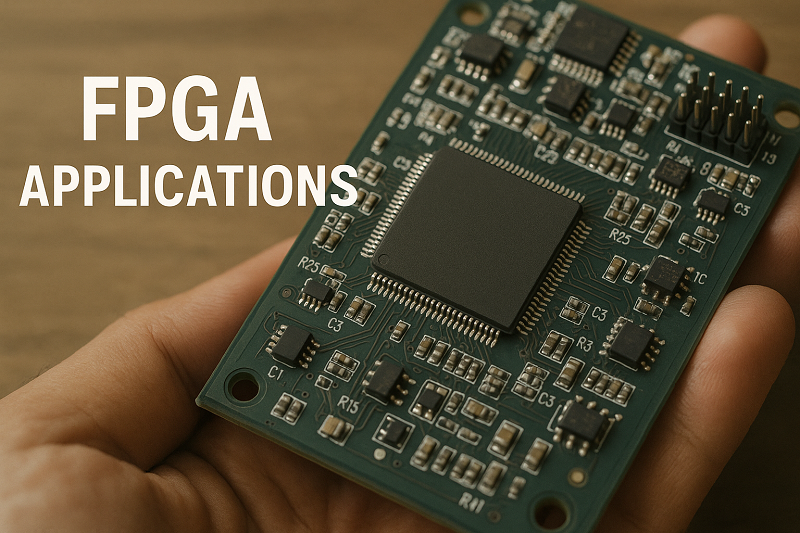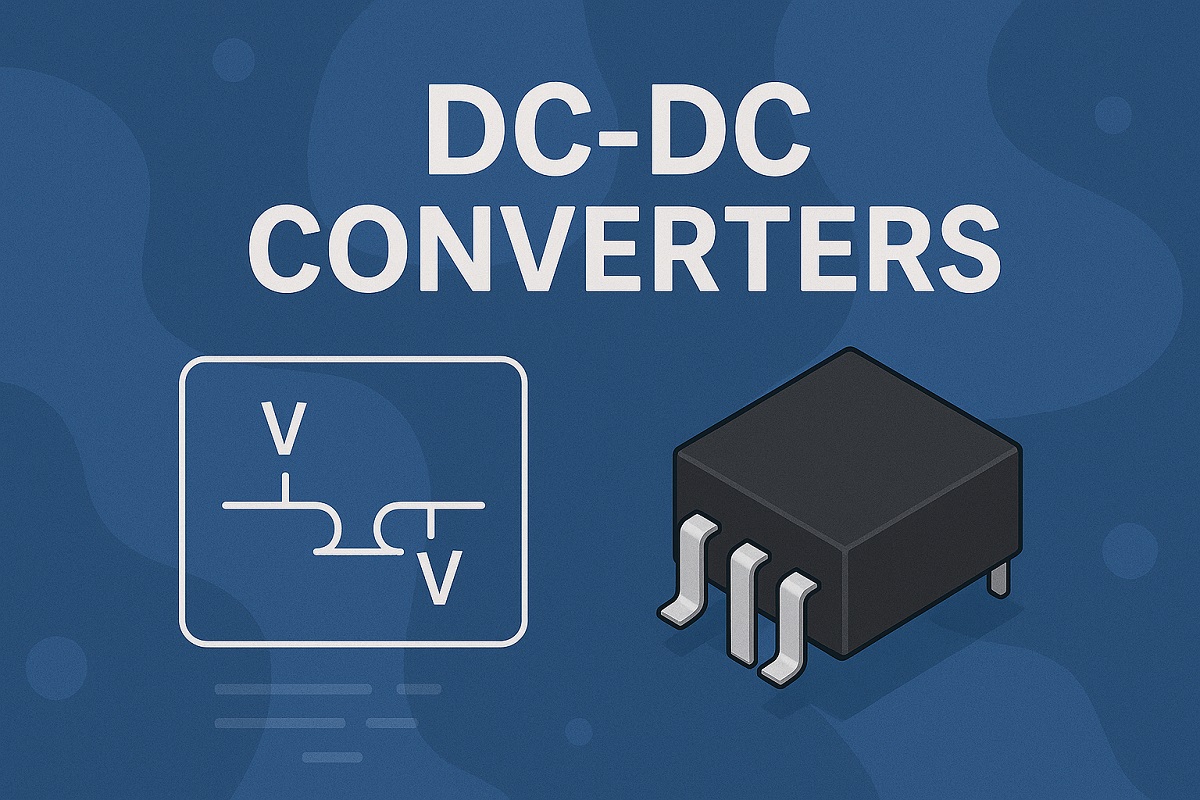A Comprehensive Guide to LTM8005HY#PBF LED Driver by Linear Technology/Analog Devices
PMIC LTM8005 85kHz~1.2MHz 80-BGA
This article provides an in-depth analysis of the LTM8005HY#PBF LED driver by Linear Technology/Analog Devices, a highly efficient and versatile Power Management Integrated Circuit (PMIC). The article covers the product description, key features, primary and secondary applications, reference designs, alternative parts, and frequently asked questions about this innovative LED driver.
Product Introduction
1. Description:
The LTM8005HY#PBF is a high-performance LED driver designed by Linear Technology/Analog Devices. It is a DC-DC regulator with a step-up (boost) and SEPIC topology, offering a current output of 1.6A. The driver features internal switches for enhanced efficiency and can operate over a wide temperature range from -40°C to 150°C. With a voltage supply range of 5V to 38V, the LTM8005HY#PBF is suitable for various LED lighting applications.
2. Features:
- High efficiency and wide input voltage range
- Internal switches for simplified design and improved performance
- Analog and PWM dimming options for flexible brightness control
- Compact 80-BGA package for surface mount applications
- RoHS3 compliant for environmental sustainability
3. Applications:
Primary Applications:
- LED lighting systems for automotive, industrial, and commercial applications
- Display backlighting for LCD panels and signage
- Portable electronic devices requiring efficient LED drivers
Secondary Applications:
- Battery-powered devices
- IoT (Internet of Things) devices
- Medical equipment with LED indicators
Applicable Specific Modules:
- LED light bulbs
- LED strips and modules
- LED drivers for automotive headlights
4. Reference Designs:
Linear Technology/Analog Devices provides several reference designs utilizing the LTM8005HY#PBF LED driver for various applications. Some common reference designs include:
- High-power LED street lighting
- LED driver for automotive tail lights
- Dimmable LED panel lighting system
5. Alternative Parts:
In case the LTM8005HY#PBF LED driver is not available or suitable for a specific application, alternative parts from Linear Technology/Analog Devices can be considered. Some alternative LED drivers with similar features and performance include:
- LTM8003
- LTM8042
- LTM8063
6. FAQs:
Q: What is the maximum output current of the LTM8005HY#PBF LED driver?
A: The LTM8005HY#PBF can deliver a maximum output current of 1.6A, making it suitable for driving high-power LEDs.
Q: Can the LTM8005HY#PBF LED driver be used for automotive lighting applications?
A: Yes, the LTM8005HY#PBF is suitable for automotive lighting applications due to its wide input voltage range and high efficiency.
Q: Does the LTM8005HY#PBF support dimming options?
A: Yes, the LTM8005HY#PBF offers both analog and PWM dimming options, providing flexibility in controlling the brightness of LEDs.
In conclusion, the LTM8005HY#PBF LED driver by Linear Technology/Analog Devices is a versatile and efficient solution for a wide range of LED lighting applications. With its advanced features, compact design, and reliable performance, this PMIC is a top choice for designers looking to optimize their LED driver circuits.
Specifications
- TypeParameter
- Factory Lead Time12 Weeks
- Mounting Type
The "Mounting Type" in electronic components refers to the method used to attach or connect a component to a circuit board or other substrate, such as through-hole, surface-mount, or panel mount.
Surface Mount - Package / Case
refers to the protective housing that encases an electronic component, providing mechanical support, electrical connections, and thermal management.
80-BGA - Operating Temperature
The operating temperature is the range of ambient temperature within which a power supply, or any other electrical equipment, operate in. This ranges from a minimum operating temperature, to a peak or maximum operating temperature, outside which, the power supply may fail.
-40°C~150°C - Packaging
Semiconductor package is a carrier / shell used to contain and cover one or more semiconductor components or integrated circuits. The material of the shell can be metal, plastic, glass or ceramic.
Tray - Part Status
Parts can have many statuses as they progress through the configuration, analysis, review, and approval stages.
Active - Moisture Sensitivity Level (MSL)
Moisture Sensitivity Level (MSL) is a standardized rating that indicates the susceptibility of electronic components, particularly semiconductors, to moisture-induced damage during storage and the soldering process, defining the allowable exposure time to ambient conditions before they require special handling or baking to prevent failures
3 (168 Hours) - TypeDC DC Regulator
- Frequency
In electronic components, the parameter "Frequency" refers to the rate at which a signal oscillates or cycles within a given period of time. It is typically measured in Hertz (Hz) and represents how many times a signal completes a full cycle in one second. Frequency is a crucial aspect in electronic components as it determines the behavior and performance of various devices such as oscillators, filters, and communication systems. Understanding the frequency characteristics of components is essential for designing and analyzing electronic circuits to ensure proper functionality and compatibility with other components in a system.
85kHz~1.2MHz - Base Part Number
The "Base Part Number" (BPN) in electronic components serves a similar purpose to the "Base Product Number." It refers to the primary identifier for a component that captures the essential characteristics shared by a group of similar components. The BPN provides a fundamental way to reference a family or series of components without specifying all the variations and specific details.
LTM8005 - Number of Outputs1
- Topology
In the context of electronic components, "topology" refers to the arrangement or configuration of the components within a circuit or system. It defines how the components are connected to each other and how signals flow between them. The choice of topology can significantly impact the performance, efficiency, and functionality of the electronic system. Common topologies include series, parallel, star, mesh, and hybrid configurations, each with its own advantages and limitations. Designers carefully select the appropriate topology based on the specific requirements of the circuit to achieve the desired performance and functionality.
Step-Up (Boost), SEPIC - Internal Switch(s)
The term "Internal Switch(s)" in electronic components typically refers to a built-in mechanism within a device that allows for the control of electrical current flow. These internal switches can be used to turn circuits on or off, change the direction of current, or regulate the flow of electricity within the component. They are often designed to be controlled externally, either manually or automatically, to enable various functions or operations within the electronic device. Internal switches play a crucial role in the overall functionality and performance of electronic components by providing a means to manage and manipulate electrical signals effectively.
Yes - Dimming
Dimming is a feature in electronic components, such as LED lights or display screens, that allows the user to adjust the brightness level of the device. It is a method of controlling the amount of light output by the component, typically by varying the voltage or current supplied to it. Dimming can be achieved through various techniques, such as pulse-width modulation (PWM) or analog dimming. This feature is commonly used to save energy, create ambiance, or enhance visual comfort in different applications.
Analog, PWM - Voltage - Supply (Max)
Voltage - Supply (Max) is a parameter in electronic components that specifies the maximum voltage that can be safely applied to the component for proper operation. This parameter is crucial for ensuring the component's longevity and preventing damage due to overvoltage conditions. Exceeding the maximum supply voltage can lead to component failure, reduced performance, or even permanent damage. Designers must carefully consider this parameter when selecting components and designing circuits to ensure reliable and safe operation within the specified voltage limits.
38V - Voltage - Supply (Min)
Voltage - Supply (Min) is a parameter in electronic components that specifies the minimum voltage required for the component to operate within its specified performance range. This parameter indicates the lowest voltage level that can be safely applied to the component without causing malfunctions or damage. It is crucial to ensure that the supply voltage provided to the component is equal to or higher than the specified minimum voltage to guarantee proper functionality and reliability. Failure to meet this requirement may result in erratic behavior, reduced performance, or even permanent damage to the component.
5V - RoHS Status
RoHS means “Restriction of Certain Hazardous Substances” in the “Hazardous Substances Directive” in electrical and electronic equipment.
ROHS3 Compliant
Parts with Similar Specs
Datasheet PDF
- Datasheets :
- PCN Assembly/Origin :
 LM2575 Step-Down Switching Regulators: Datasheet pdf, Equivalents and Circuit
LM2575 Step-Down Switching Regulators: Datasheet pdf, Equivalents and Circuit03 December 20214552
 Top 5 Digital-to-Analog Converters for Industrial Applications
Top 5 Digital-to-Analog Converters for Industrial Applications07 June 2025390
 MPC5668x Microcontroller: Technical Overview and Applications
MPC5668x Microcontroller: Technical Overview and Applications29 February 202484
 ATMEGA2560 Microcontroller: Pinout, Datasheet and Schematic
ATMEGA2560 Microcontroller: Pinout, Datasheet and Schematic13 July 202111077
 1N4001 Diodes: Pinout, Datasheet and Alternatives
1N4001 Diodes: Pinout, Datasheet and Alternatives06 July 20218187
 ADSP-21489BSWZ-4B vs ADSP-BF514KSWZ-4: Choosing the Right DSP
ADSP-21489BSWZ-4B vs ADSP-BF514KSWZ-4: Choosing the Right DSP09 June 2025327
 AT45DB081E 8-Mbit DataFlash: Pinout, Features and Datasheet
AT45DB081E 8-Mbit DataFlash: Pinout, Features and Datasheet30 March 2022983
![Difference between ADS1115 and ADS1015 ADS1115 VS ADS1015[Video]](https://res.utmel.com/Images/Article/2a7a0080-ee2c-41dd-8576-d6c565fbe343.png) Difference between ADS1115 and ADS1015 ADS1115 VS ADS1015[Video]
Difference between ADS1115 and ADS1015 ADS1115 VS ADS1015[Video]22 April 20254227
 Six Sensor Principles
Six Sensor Principles18 December 2021874
 A Comprehensive Guide to FPGA Development Boards
A Comprehensive Guide to FPGA Development Boards11 September 20254127
 Silicon Carbide (SiC): The Third-generation Semiconductor Material
Silicon Carbide (SiC): The Third-generation Semiconductor Material30 August 20218904
 What is ISP (Image Signal Processor)?
What is ISP (Image Signal Processor)?15 September 202134175
 Clamp Diodes: Principles, Functions, and Applications
Clamp Diodes: Principles, Functions, and Applications27 October 202048075
 The Complete Guide to DC-DC Converters
The Complete Guide to DC-DC Converters24 May 2025953
 China to Inject $40 Billion into Semiconductor Sector with New State Fund
China to Inject $40 Billion into Semiconductor Sector with New State Fund07 September 20232642
 Introduction to Lead Acid Battery: Construction, Working Principle and Types
Introduction to Lead Acid Battery: Construction, Working Principle and Types04 March 20219049
Linear Technology/Analog Devices
In Stock
United States
China
Canada
Japan
Russia
Germany
United Kingdom
Singapore
Italy
Hong Kong(China)
Taiwan(China)
France
Korea
Mexico
Netherlands
Malaysia
Austria
Spain
Switzerland
Poland
Thailand
Vietnam
India
United Arab Emirates
Afghanistan
Åland Islands
Albania
Algeria
American Samoa
Andorra
Angola
Anguilla
Antigua & Barbuda
Argentina
Armenia
Aruba
Australia
Azerbaijan
Bahamas
Bahrain
Bangladesh
Barbados
Belarus
Belgium
Belize
Benin
Bermuda
Bhutan
Bolivia
Bonaire, Sint Eustatius and Saba
Bosnia & Herzegovina
Botswana
Brazil
British Indian Ocean Territory
British Virgin Islands
Brunei
Bulgaria
Burkina Faso
Burundi
Cabo Verde
Cambodia
Cameroon
Cayman Islands
Central African Republic
Chad
Chile
Christmas Island
Cocos (Keeling) Islands
Colombia
Comoros
Congo
Congo (DRC)
Cook Islands
Costa Rica
Côte d’Ivoire
Croatia
Cuba
Curaçao
Cyprus
Czechia
Denmark
Djibouti
Dominica
Dominican Republic
Ecuador
Egypt
El Salvador
Equatorial Guinea
Eritrea
Estonia
Eswatini
Ethiopia
Falkland Islands
Faroe Islands
Fiji
Finland
French Guiana
French Polynesia
Gabon
Gambia
Georgia
Ghana
Gibraltar
Greece
Greenland
Grenada
Guadeloupe
Guam
Guatemala
Guernsey
Guinea
Guinea-Bissau
Guyana
Haiti
Honduras
Hungary
Iceland
Indonesia
Iran
Iraq
Ireland
Isle of Man
Israel
Jamaica
Jersey
Jordan
Kazakhstan
Kenya
Kiribati
Kosovo
Kuwait
Kyrgyzstan
Laos
Latvia
Lebanon
Lesotho
Liberia
Libya
Liechtenstein
Lithuania
Luxembourg
Macao(China)
Madagascar
Malawi
Maldives
Mali
Malta
Marshall Islands
Martinique
Mauritania
Mauritius
Mayotte
Micronesia
Moldova
Monaco
Mongolia
Montenegro
Montserrat
Morocco
Mozambique
Myanmar
Namibia
Nauru
Nepal
New Caledonia
New Zealand
Nicaragua
Niger
Nigeria
Niue
Norfolk Island
North Korea
North Macedonia
Northern Mariana Islands
Norway
Oman
Pakistan
Palau
Palestinian Authority
Panama
Papua New Guinea
Paraguay
Peru
Philippines
Pitcairn Islands
Portugal
Puerto Rico
Qatar
Réunion
Romania
Rwanda
Samoa
San Marino
São Tomé & Príncipe
Saudi Arabia
Senegal
Serbia
Seychelles
Sierra Leone
Sint Maarten
Slovakia
Slovenia
Solomon Islands
Somalia
South Africa
South Sudan
Sri Lanka
St Helena, Ascension, Tristan da Cunha
St. Barthélemy
St. Kitts & Nevis
St. Lucia
St. Martin
St. Pierre & Miquelon
St. Vincent & Grenadines
Sudan
Suriname
Svalbard & Jan Mayen
Sweden
Syria
Tajikistan
Tanzania
Timor-Leste
Togo
Tokelau
Tonga
Trinidad & Tobago
Tunisia
Turkey
Turkmenistan
Turks & Caicos Islands
Tuvalu
U.S. Outlying Islands
U.S. Virgin Islands
Uganda
Ukraine
Uruguay
Uzbekistan
Vanuatu
Vatican City
Venezuela
Wallis & Futuna
Yemen
Zambia
Zimbabwe





















